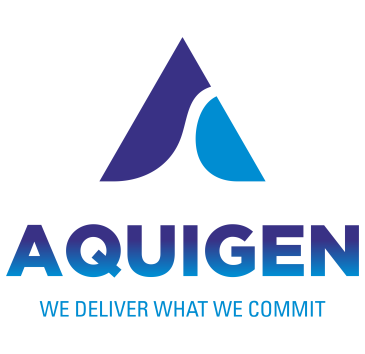Peptide Impurity Standards
Understanding Peptide Impurity Standards
Peptides perform critical roles in physiological processes and participate in many biochemical pathways. While naturally occurring, peptides can also be synthesized in a lab through sequence-specific linking of amino acids. However, impurities may arise during the production depending on errors in the order or modifications of residues. Careful optimization of the synthesis process is important to minimize unwanted variants. Commonly, peptides are purified using reversed-phase chromatography with acid modifiers and detected by UV. Application of synthetic peptides spans research and industrial domains.
“Peptides are generally made of 2-50 amino acids, distinguishing them from larger polypeptides or protein chains. This chain formation is what defines a peptide biopolymer.”
Types of Chemical Peptide Synthesis

Types of Chemical Peptide Synthesis
Solid-Phase Peptide Synthesis (SPPS)
It is the prevalent technique for peptide synthesis. It involves coupling reactions on solid supported polymers or resins, creating a linked, protected amino acid structure. These protective groups are later removed, with purification eliminating by-products. Reiteration of this process generates the intended peptide.
Liquid-Phase Peptide Synthesis (LPPS)
It takes place within a solution, often using Boc or Z-amino protecting groups. This method simplifies the final purification step and optimally yields large-scale synthesis of shorter peptide chains. Both methods facilitate the manipulation of peptide chains, with SPPS best suited for complex structures, and Liquid-Phase for shorter and simpler ones.
The possible impurities during the synthetic process of a therapeutic peptide include the following:
Insertion
Insertion can lead to an addition of extra amino acids in the peptide chain, affecting the desired structure, function, and interaction of the synthesized peptide causing potential complications in the therapeutic uses.
Deletion Sequence
During peptide synthesis, the deletion sequences result in missing amino acids altering the bioactivity of the peptide, impacting the overall effectiveness or safety of the peptide-based therapeutic.
Modification Sequences
Impurities might occur from unintended side reactions, modifying the original sequence. These sequence modifications can affect the therapeutic peptide's stability, binding ability, and pharmacokinetic properties.
Incomplete Deprotection Sequences
Incomplete deprotection sequences result in residual protecting groups on the peptide, which can interfere with its intended biological activity and reduce pharmaceutical efficiency.
Racemization
Racemization can cause chiral inversion of amino acids, altering the peptide configuration. This may affect the binding configurations, reducing the therapeutic efficacy, and even lead to undesired side effects.
Purification Methods or SPPS
Inaccuracies in purification processes or SPPS can lead to the presence of by-products and unreacted reagents, compromising the purity and potency of the final therapeutic peptide.
FAQs About Peptide Impurity
Importance of Testing Peptide Impurity
The presence of impurities in peptide medications can compromise their quality and effectiveness, making the examination of impurity profiles crucial. Such impurities might trigger unintended immune reactions towards the peptide drugs. Therefore, it’s essential to have well-defined impurity standards to assess the peptide drugs’ quality. Aquigenbio offers dependable custom peptide synthesis services tailored to the needs of developers and manufacturers of therapeutic peptide drugs.
What are the different methods of Peptide Synthesis?
Why is Aquigen Bio a top choice for Peptide Impurity Standards?
Aquigen Bio provides an array of top-notch impurity standards for synthetic peptides and collaborates with worldwide peptide drug makers. Our bespoke peptide synthesis team delivers effective solutions for intricate peptide impurities and stable isotope-labelled peptides.
Utilizing cutting-edge automated SPPS, sophisticated purification, and analytical methods throughout the peptide synthesis process, Aquigen Bio ensures quality control compliance, evident in each certificate of analysis issued. Choose us to get a customized quote!

